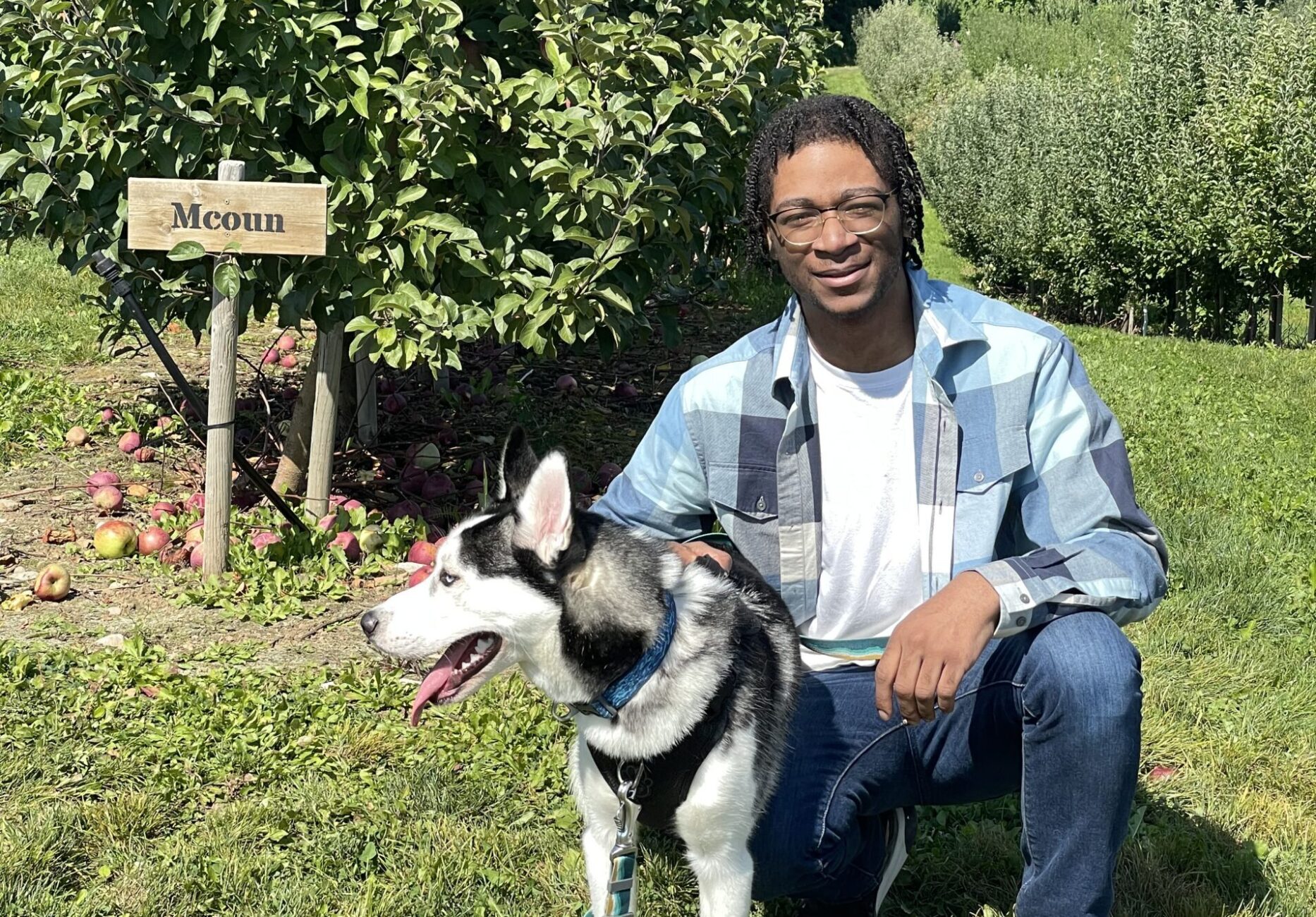Everything Lupus: Resource Hub
Understanding Your Lupus Treatment: Specialists and Your Healthcare Team
Read
Understanding Your Lupus Treatment: Medication and Treatment Options
Read
Scientists say they have identified a root cause of lupus — one that could pave the way for new treatments
Read
Belimumab (Benlysta) Now Approved in Saskatchewan, Nova Scotia, and New Brunswick for Lupus Nephritis
Read
LIVING WITH LUPUS | Elizabeth L.
Read
Living with Lupus Corner with Mauricia Ambrose | Summer is Here!
Read
Lupus Canada Recipe Corner | Barbecue Chicken Tacos with Cilantro Lime Slaw
Read
Megakaryocyte: a new player in systemic lupus erythematosus
Read
Lupus Canada Recipe Corner | Strawberry Rhubarb Crisp
Read
Living with Lupus Corner with Mauricia Ambrose
Read
LIVING WITH LUPUS | Isaac N.
Read
The Canadian Dental Care Plan
Read












